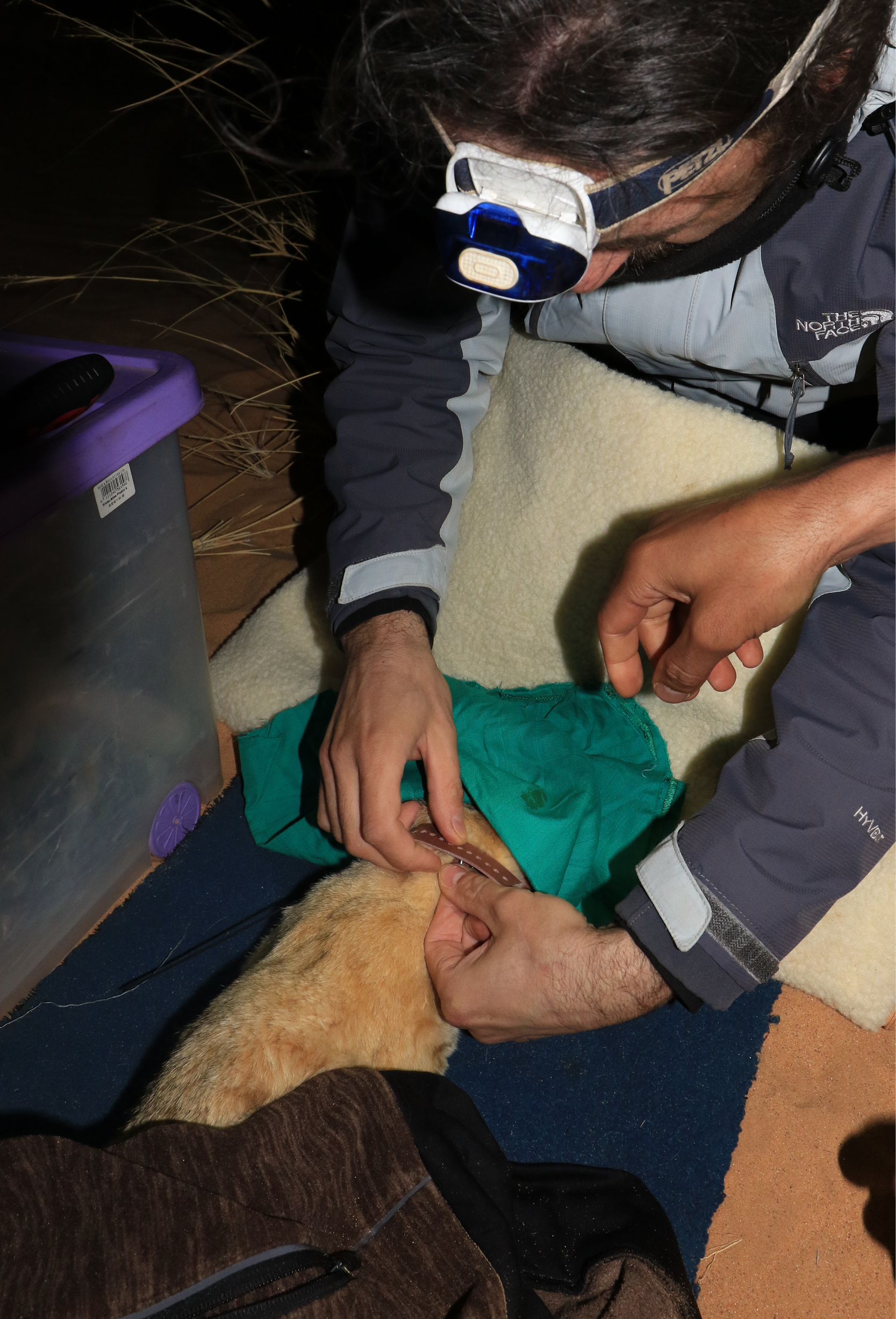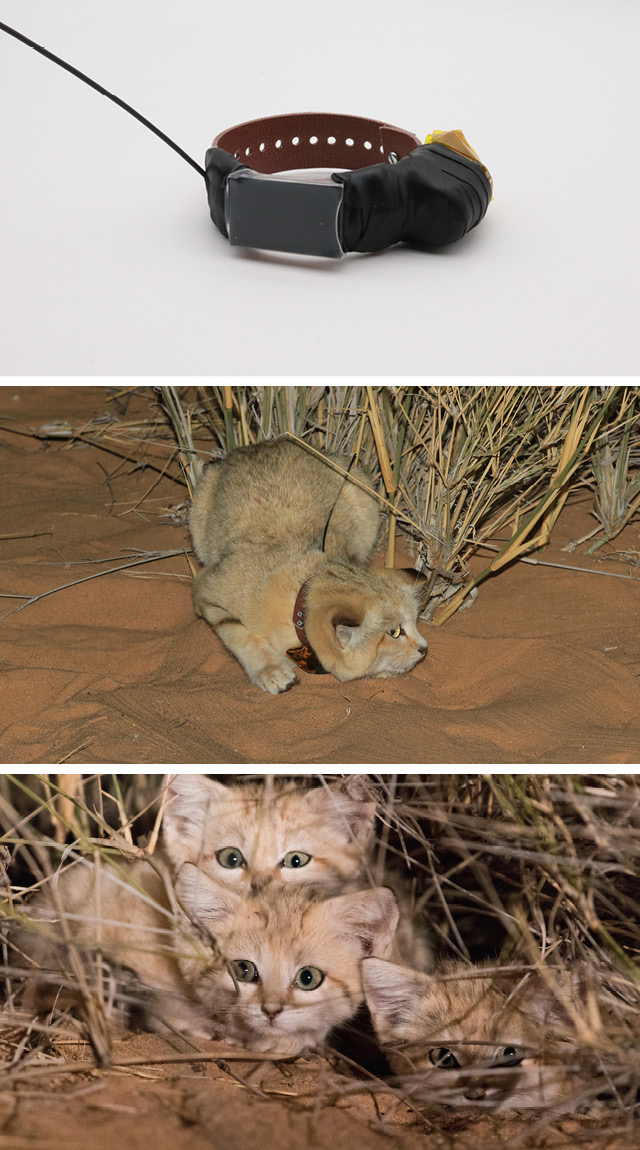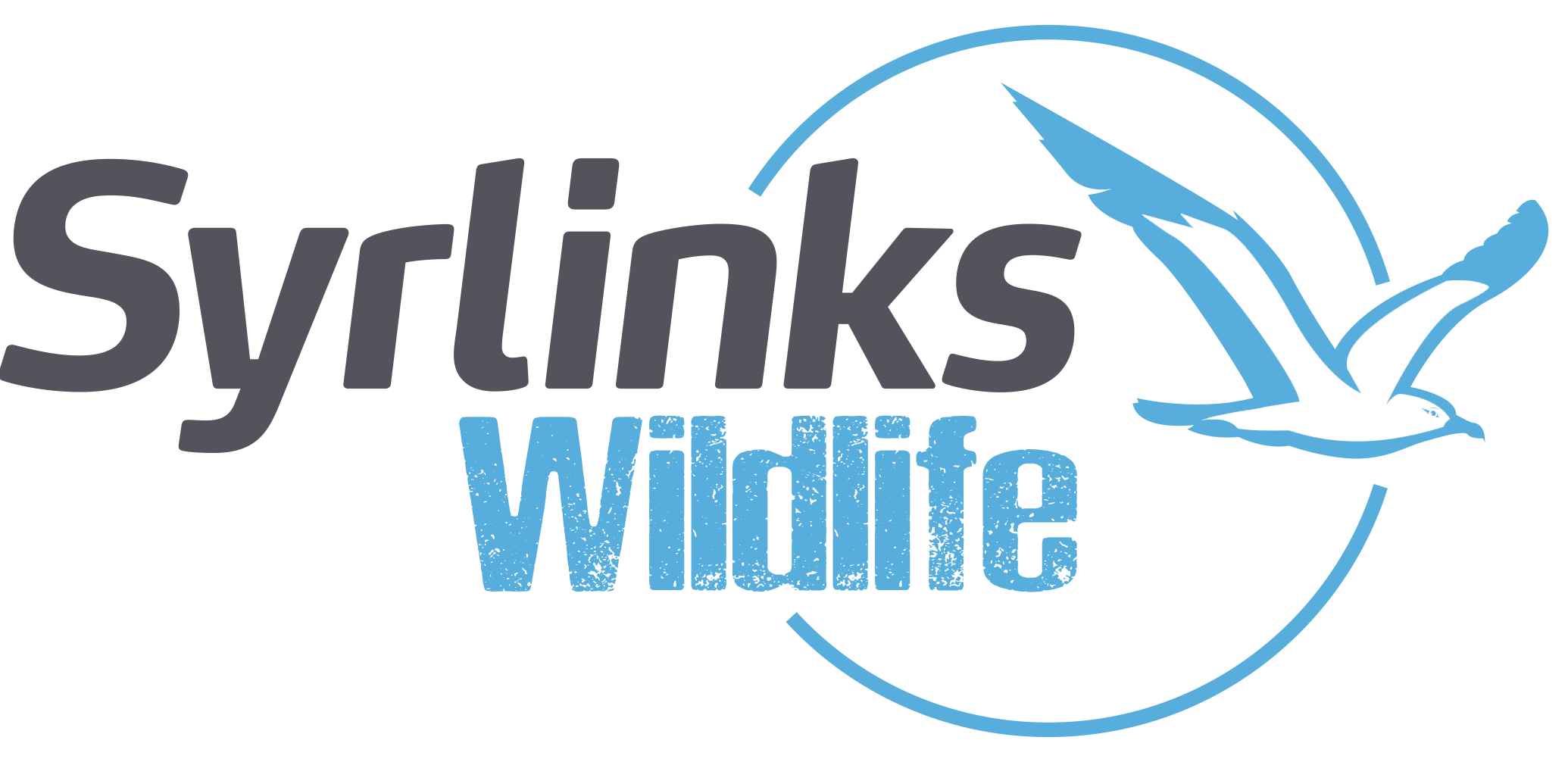Sand Cats Argos Tracking
Syrlinks, solicited by the NGO Panthera, has designed a collar for tracking sand cats. Grégory Breton, in charge of this scientific mission, discusses the advantages of the collar and integrated technology. He is mentioning possibilities that argos collar is offering : collection, transmission and analysis of data related to sand cats behaviour.

Grégory Breton, scientist and director of Panthera France, is equipping a sand cat during its follow-up campaign in Morocco in April 2019. © Alexander Sliwa
The NGO Panthera experiments with Syrlinks’ argos beacon for sand cats tracking mission
Panthera, whose mission is wild felines protection, has approached Syrlinks to experiment a collar for sand cats argos tracking mission.
Gregory Breton is responsible for the follow-up program of these small cats with Dr. Sliwa of the Cologne Zoo. They contacted Syrlinks in December 2018 for its expertise in Argos beacons. Their objective was to find a telemetry technology that would make it easier to geolocate cats with collars. To analyze precisely sand cats behaviour in their environment, argos collars need to automatically and frequently collect cats geographical positions.
The technology his team uses today is VHF – Very High Frequency. This geolocation system requires to be in the field to locate animals. Scientifics need to using signals from the collars and picked up by a receiver and antenna. Then they manually records the location data using a portable GPS.
“The desert cat was a small feline whose habits were still unknown before the beginning of our study in 2013.Sand cat have not really been studied at length in the wild before. Only two researchers in the 1990s and 2000s published some figures. We therefore had very little information on its behaviour and ecology and this motivated our research,” explains Grégory Breton.
Improved tracking thanks to Argos and GNSS technologies
To meet the needs of Panthera’s researchers, the Syrlinks engineering team developed a demonstrator transmitter necklace. Biologists were able to test it during their last monitoring campaign, which took place from April 8 to 20, 2019. Two sand cats were equipped with the collar prototypes on this occasion. The advanced technology used, combining Argos and GNSS, allowed to collect, from a distance, up to one position every hour. In addition, this geolocation technique makes it possible to cross-reference location data with meteorological data using CLS services.
Beacons designed by Syrlinks offer many other advantages. Argos PTTs incorporate a temperature sensor and an accelerometer that could identify the animal’s hunting phases.
The next step would be to go beyond a demonstrator by designing a high-performance, robust and as light as possible finished product. Syrlinks’ engineers will have to find the right compromise between the amount of data collected and the energy consumption generated. Indeed, the amount of data emitted has a direct impact on the energy consumed and therefore on the battery life.

Picture #1 © Syrllinks – Picture #2 & #3 © Grégory Breton
The bio-telemetry technology for the protection of animals
Once the Argos transmitter has been made reliable and finalized, it can be used for all other small cats. “The potential is enormous for Panthera but also for many NGOs specializing in the worldwide carnivores protection” says Gregory Breton.
The desert cat or sand cat, whose scientific name is Felis margarita, is particularly difficult to observe in the wild. Its range includes several countries in North Africa and Asia, from the East Nile to Central Asia and the Middle East. The objective of the Sahara Sand Cat team is to discover the main eco-ethological characteristics of this feline species. Thanks to innovative solutions that allow specimens to be tracked automatically, Panthera team can concentrate their efforts on the longitudinal monitoring of certain sand cats.
About NGO Panthera
Panthera is a unique organization in the world dedicated entirely to the conservation of the world’s cats. This NGO develops innovative strategies and technologies to protect small and big cats from the threats they face. Panthera is the most comprehensive conservation initiative. In partnership with various partners, Panthera ensures that strategies to protect wild cats and their natural habitats are effective and worldwide reproducible.
Argos tracking beacon for wildlife protection
The International Union for Conservation of Nature (IUCN) regularly draws up the Red List. It is a key indicator for monitoring the state of biodiversity in the world. This tool is the most comprehensive global inventory of the global conservation status of plant and animal species. This Red List makes it possible to affirm that today, one in four mammal species, one in eight birds and more than one in three amphibians are threatened with global extinction. In response to this alarming observation, Syrlinks beacons could prove useful by facilitating species monitoring by scientists who work to implement protection measures.
If you wish to lead a scientific study like the sand cat argos tracking mission, feel free to contact us.
Related tracking experiences
WHAT ELSE ?

28 rue Robert Keller
Zac des Champs Blancs
35510 Cesson Sévigné
France
Tel. +33 299 009 452
